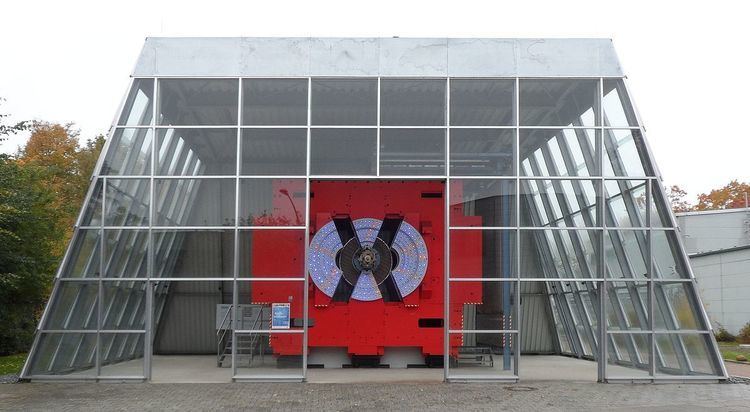 | ||
ARGUS (A Russian-German-United States-Swedish Collaboration; later joined by Canada and the former Yugoslavia) was a particle physics experiment that ran at the electron-positron collider ring DORIS II at DESY. Its aim was to explore properties of charm and bottom quarks. Its construction started in 1979, the detector was commissioned in 1982 and operated till 1992.
The ARGUS detector was a hermetic detector with 90% coverage of the full solid angle. It had drift chambers, a time-of-flight system, an electromagnetic calorimeter and a muon chamber system.
It is the first experiment that observed the mixing of the B mesons (in 1987). The ARGUS distribution is named after the experiment.
References
ARGUS (experiment) Wikipedia(Text) CC BY-SA
